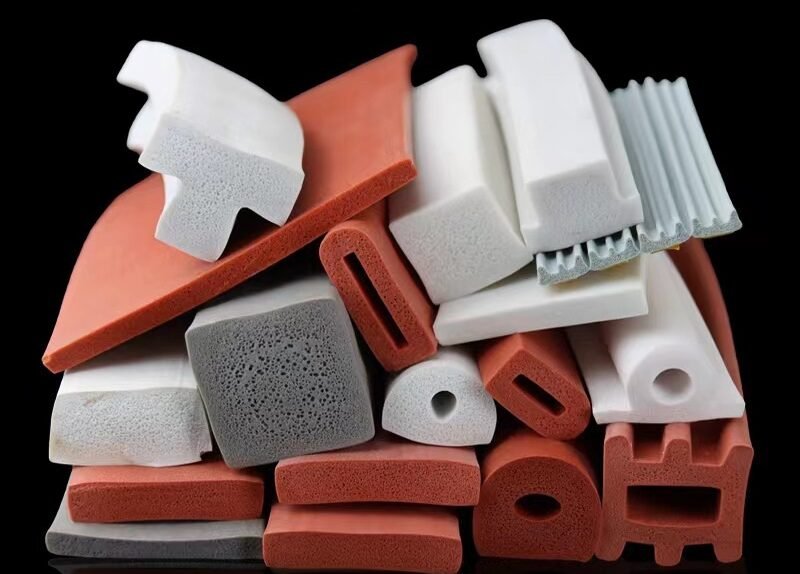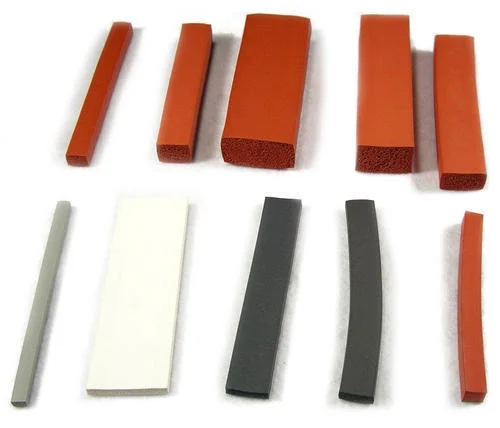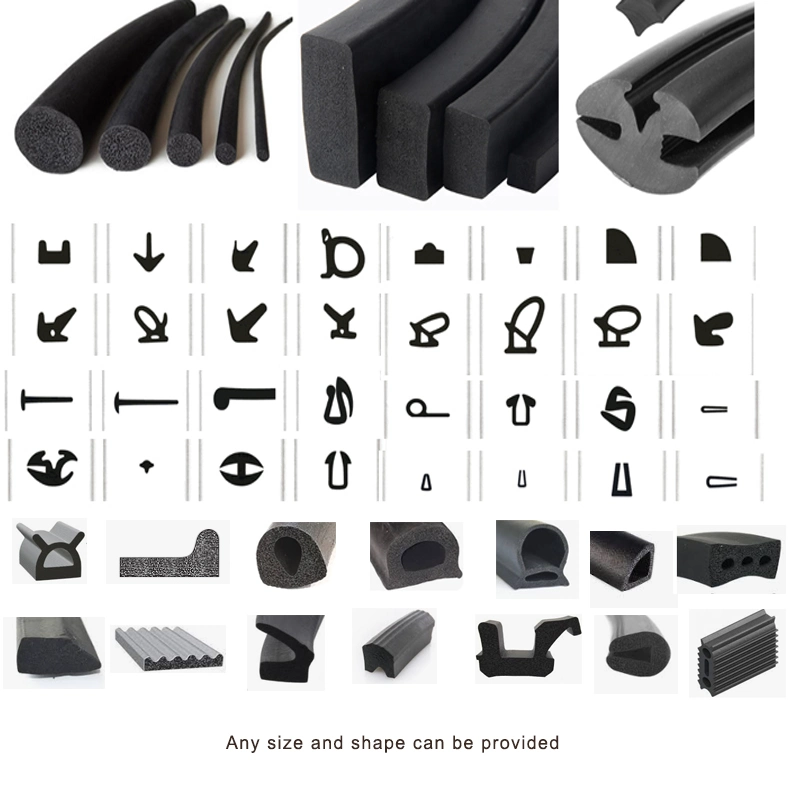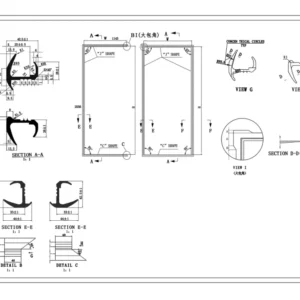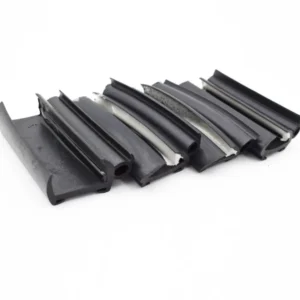Sponge Profiles
Sponge Profiles
Our sponge profiles deliver lightweight, flexible, and durable sealing solutions for a variety of industries. Designed for excellent compression and recovery, they create airtight and watertight seals while providing insulation, shock absorption, and vibration dampening. Made from premium materials like EPDM, silicone, and neoprene, these profiles are highly resistant to UV rays, weather, and ozone, ensuring long-lasting performance even in harsh environments.
With easy installation and low maintenance, sponge profiles are perfect for automotive, construction, marine, and industrial applications, offering reliable protection and superior sealing in every use.
Details About Sponge Profiles
Details About Sponge Profiles
Product Description
Our sponge profiles provide lightweight, flexible, and durable sealing solutions for a variety of applications. Designed to offer excellent compression and recovery properties, these profiles create airtight and watertight seals, blocking dust, moisture, and air leaks.
Made from high-quality materials such as EPDM, silicone, and neoprene, our sponge profiles maintain their shape and performance across extreme temperatures and under harsh environmental conditions. With superior weather resistance, insulation, and shock absorption, these profiles are perfect for both indoor and outdoor applications. Whether used in new installations or as replacements, our sponge profiles deliver long-lasting performance with easy installation and low maintenance.
Applications
Sponge profiles are highly versatile and can be used across many industries for sealing, insulation, and vibration absorption:
- Automotive and Transportation
- Provides seals for doors, windows, and hatches to block water, dust, and noise
- Reduces vibration and improves insulation in vehicles
- Construction and Architecture
- Creates seals for windows, doors, and curtain walls, enhancing energy efficiency
- Blocks drafts and moisture to improve insulation in buildings
- Marine and Offshore
- Offers watertight seals for hatches, doors, and enclosures on boats and ships
- Withstands harsh environmental exposure in marine conditions
- Industrial Equipment
- Acts as a buffer to absorb shocks and vibrations in machinery
- Provides sealing and insulation for enclosures, cabinets, and control panels
Whether for temporary use or permanent installations, our sponge profiles ensure reliable performance and protection in diverse environments.
Common Sponge Profiles Materials
Choosing the right material ensures optimal performance and durability for your specific application. Below are the most commonly used materials for sponge profiles:
- EPDM Sponge
- Advantages: Excellent weather, ozone, and UV resistance. Performs well in outdoor environments.
- Disadvantages: Limited resistance to oils and solvents.
- Silicone Sponge
- Advantages: Exceptional high-temperature resistance and flexibility. Ideal for demanding environments.
- Disadvantages: Higher cost compared to other sponges.
- Neoprene Sponge
- Advantages: Good resistance to oils, chemicals, and abrasion. Suitable for industrial applications.
- Disadvantages: Less flexible in extremely low temperatures.
Selecting the appropriate material ensures that your sponge profiles deliver reliable performance while meeting specific environmental and operational requirements.
Discuss the details of
your seal solution
Submit Your Inquiry to Primesealsolution,
All the Inquiries Will Be Replied Within 12 Hours.
More Rubber Seals Support Your Project
More Rubber Seals Support Your Project
FAQ For Rubber Seals
FAQ For Rubber Seals
How to Choose the Right Material?
Customers often ask how to select the appropriate material based on their working environment (e.g., high temperature, low temperature, chemical corrosion). Common materials include EPDM, silicone, nitrile rubber (NBR), and fluororubber (FKM), each offering specific resistance properties for different applications
What Temperature Range Can the Seal Handle?
Customers often ask how to select the appropriate material based on their working environment (e.g., high temperature, low temperature, chemical corrosion). Common materials include EPDM, silicone, nitrile rubber (NBR), and fluororubber (FKM), each offering specific resistance properties for different applications
What Are the Key Points to Ensure Proper Installation?
Proper installation is crucial for performance, and customers want to know how to keep the surface clean, avoid over-stretching, and whether to use lubricants for easier installation
What Should I Do if the Seal Ages or Fails?
Over time, seals may crack or deform. Customers often inquire about how to identify these issues early and use rubber rejuvenators to prolong their lifespan or properly replace failed seals
What Should I Do if the Seal Ages or Fails?
Over time, seals may crack or deform. Customers often inquire about how to identify these issues early and use rubber rejuvenators to prolong their lifespan or properly replace failed seals
Are Rubber Seals Environmentally Friendly?
Clients in eco-focused industries may ask about the material’s recyclability and environmental compliance, especially for projects aligned with green building certifications
How Can I Extend the Seal’s Service Life?
Customers are interested in maintenance tips such as choosing suitable materials, regular cleaning, avoiding overloading, and ensuring proper use to maximize durability

